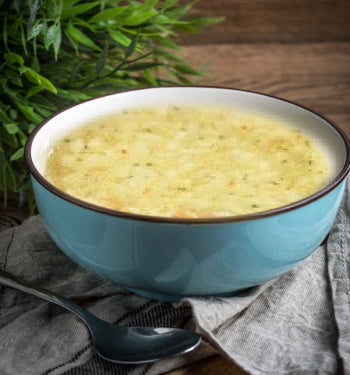Your cart is empty
Medical Weight Loss Foods
Medical weight loss foods were originally created for physician supervised weight loss programs, but these portion-controlled foods are now available to everyone without needing to be part of a formal program. Our selection of weight loss foods, including trusted AmBari Nutrition products, offers high-protein, low-calorie food options that work with most weight loss programs.
Shop Related Diet Collections: Weight Loss Protein Bars | Energy Drink Powder Mixes | Weight Loss Shakes | High Protein Soups | Protein Pudding | High Protein Snacks | Low Calorie Desserts
Brand
Dietary Concern
Product Type
Medical weight loss foods make it easier to stick to your weight loss plan because they're designed by nutrition experts for weight loss programs. Each product gives you the right balance of protein and nutrients while controlling portions and calories. Many people find they lose weight faster and feel more satisfied when they use these products as part of their program. With so many options available, you can enjoy variety while staying on track with your goals.
Shop More Food Collections: Bariatric Food | Diabetic Food | GLP-1 Food
"Medical weight loss foods, that were designed specifically for low-calorie weight loss programs, give my patients structure and consistency in their eating plan. They remove the guesswork and help people achieve better results because the nutrition is scientifically balanced for weight loss," says Dr. Kevin Huffman, a leading bariatric physician.
What to Look For in Medical Weight Loss Foods
The best medical weight loss foods should have:
- High protein content: Helps preserve muscle and keeps you full
- Controlled calories: Designed to support steady weight loss
- Complete nutrition: Includes essential vitamins and minerals
- Portion control: Takes the guesswork out of serving sizes
- Great taste: Makes healthy eating enjoyable
- Easy preparation: Convenient for busy lifestyles
Start your medical weight loss journey with foods designed to help you succeed. Browse our complete collection and buy online for fast delivery to your home.
Always consult with your doctor or healthcare provider before starting any medical weight loss program.
- Choosing a selection results in a full page refresh.






































